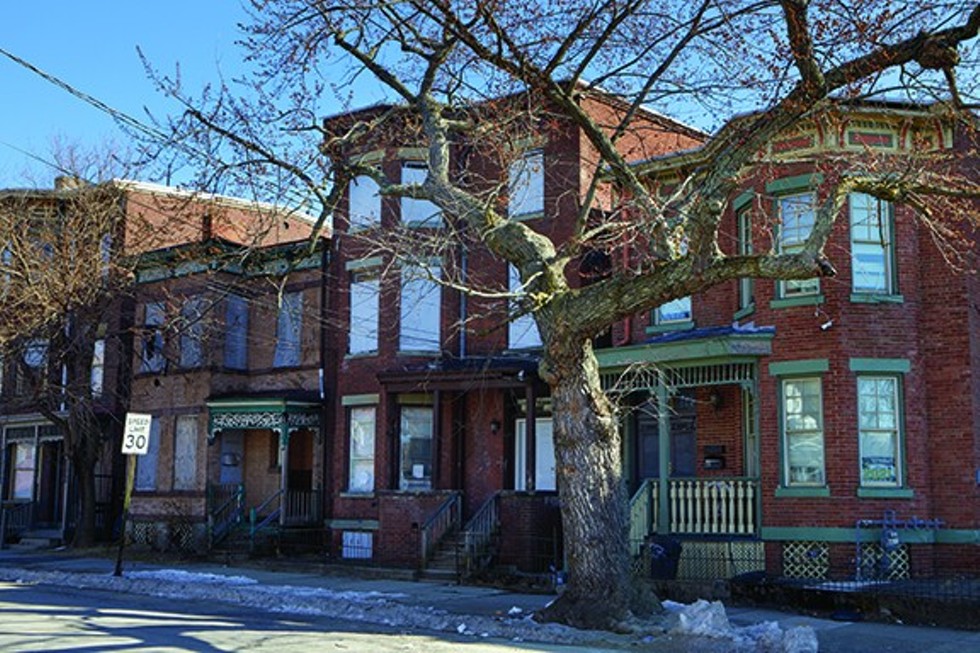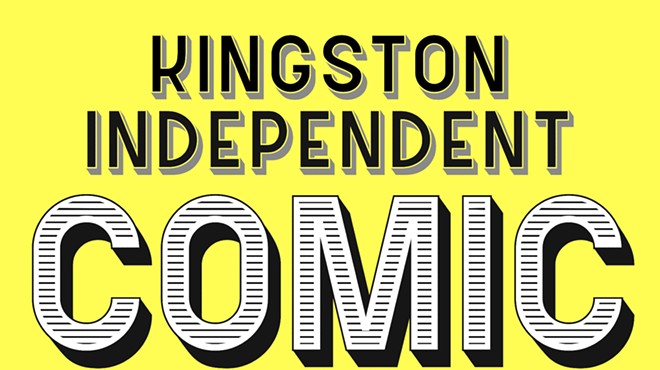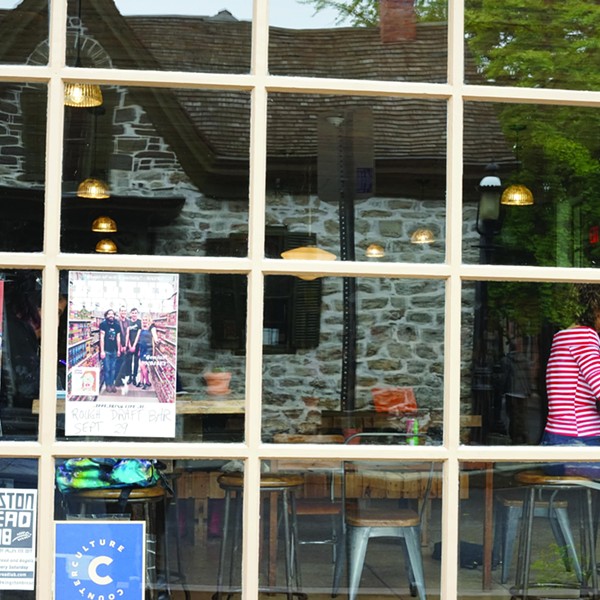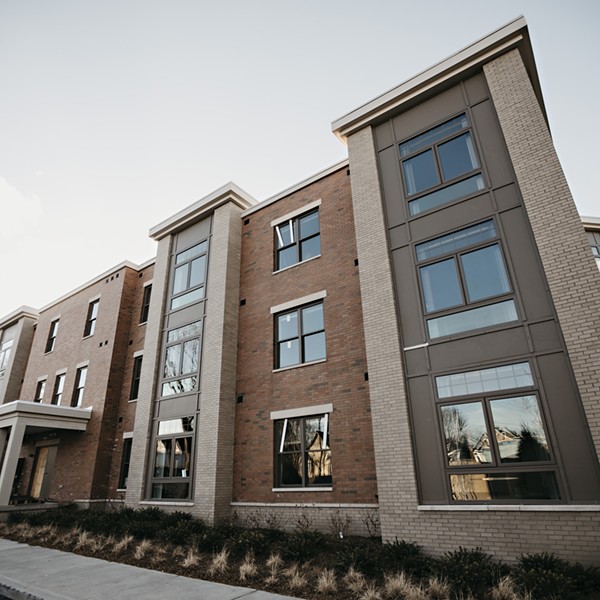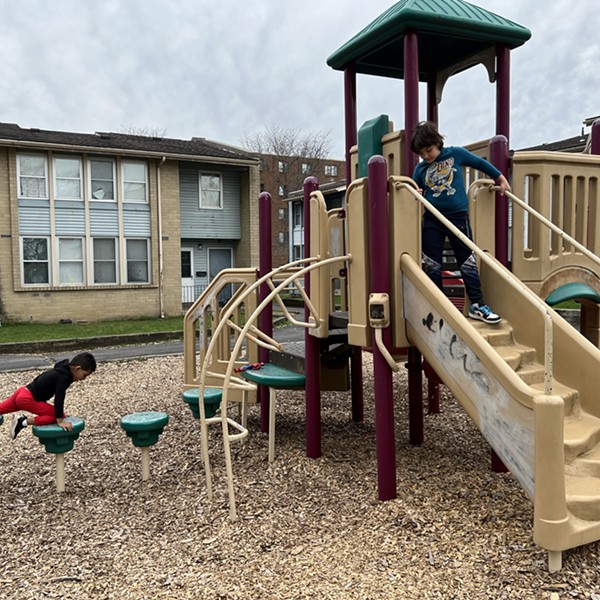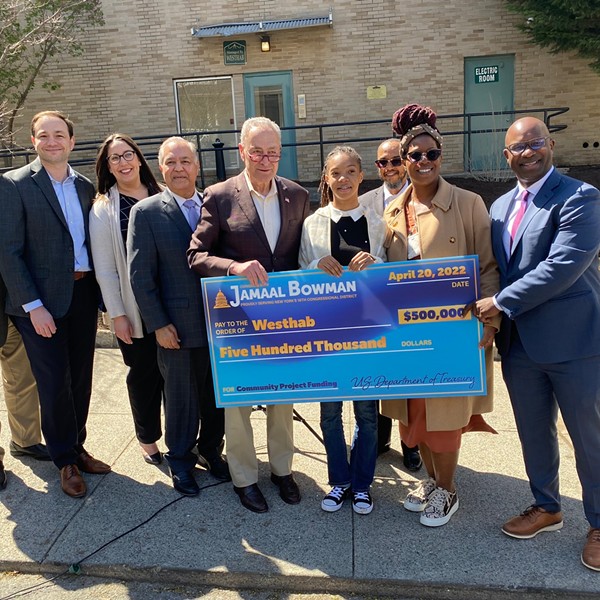Since Mackenzie Scott, ex-wife of tech billionaire Jeff Bezos, made a $436 million donation to Habitat for Humanity—including $2 million to the Greater Newburgh chapter of the charity and $1.25 million to Dutchess County—in March, the organization has been back in the local news. While it’s hard to argue against the fact that Habitat for Humanity has benefited people in communities where it has a presence, it also has its limitations, many admitted by the organization itself. Critiques include a lack of borrower protections and support for new homeowners; limiting recipients’ autonomy in choosing their own neighborhoods in order to maximize cost-effectiveness; racial and economic blindspots in local and community politics; and building constructions with cheap materials.
Habitat also tends not to serve some of the highest-need families, including people on public assistance. A 2016 ProPublica article details the displacement of low-income families in the Bedford-Stuyvesant neighborhood of Brooklyn by a developer who sold lived-in apartment buildings to Habitat for Humanity as part of a large-scale, federal grant-funded renovation initiative. The article is constructed from internal Habitat for Humanity emails and property records, and what it points to is alarming: “We are spending federal money to throw low-income New Yorkers out of buildings, then sell the apartments back to them, with a number of people in the middle making a bundle,” says a then-employee of Habitat for Humanity’s New York City affiliate.
Yet by and large, media coverage has been positive. One such example is a recent article in the Poughkeepsie Journal, an explainer about fixing housing affordability in Dutchess County that begins by featuring the story of Fatimah Carmen Luisa Martinez Santiago, framed as a “mother of three who escaped generational poverty through earning a home from Habitat for Humanity.”
The article explores many facets of Dutchess County’s housing crisis via a mixture of market analysis, the lived experiences of people who are representative of rungs on the broken housing ladder, and interviews with county representatives, Habitat for Humanity leadership, and developers.
But it returns several times to Fatimah Carmen’s story, seemingly holding it up as a solution to the shortage of affordable, workforce housing available in the Hudson Valley—calling it nothing short of “escaping generational poverty.” An outsized claim on its face, it’s also useful to interrogate what’s happening just outside the frame: Fatimah may have found a house, but what happens once that paperwork is filed? Who owns the buildings Habitat for Humanity may be revitalizing in Dutchess, Ulster, and Greene counties, and does anyone stand to be displaced? How conscious of local and racial politics are these initiatives, and how closely are they really partnering with trusted community leaders and organizations?
Feel-Good Reporting
First, to address the generational poverty claim. Journalist Carla Murphy’s piece on the need for working class journalism in Dissent magazine plainly lays out the complexities of class mobility, particularly for people of color:
Mobility requires intergenerational wealth or assets that allow you to recover the high costs of striving in the first place. These high costs include: student loans; healthcare; years doing unpaid or poorly paid internships; lifestyle…expenses to fit into upper-middle-class networks; and elder or other family or community care responsibilities.
That is to say: home ownership is not a panacea for poverty. It requires ongoing financial literacy and support for real savings and wealth to be built. When a person is on precarious financial footing, as many people are when they’re just starting out as homeowners, something like utility bills that are 46 percent higher than this time last year could have a devastating impact. In fact, the 2022 Dutchess County Housing Needs Assessment, released April 6, breaks it out even more clearly:
Once a household already owns a home…cost burden can result from a variety of factors that could reduce household income without reducing housing costs, including retirement, health issues, divorce, or job loss. Some housing costs, if they grow faster than a household’s income, can contribute to a cost burden. Examples include taxes and utilities.
While the tone of the Poughkeepsie Journal article reflects a more critical analysis of the housing crisis, the way it’s presented online is consistent with a genre we could dub “feel-good reporting.” A now-classic example is a story in the Detroit Free Press about a Black man who walked 21 miles to work every day. He’s celebrated for his determination in the face of adversity, but what failures led to this being his only option?
These inspirational stories paper over a complex latticework of structural issues: housing, education, health care, transportation, and labor. Raising up the individual in this way is a form of congratulatory bootstrapping, a kind of political misdirection working in support of the thesis that successes and failures alike somehow exist outside of the systems in which we operate. More than anything, what each story points to are structural failures to provide adequate support to working class people by highlighting an exception that tugs on the reader’s heartstrings.
There are many news stories that fall into this category, and they appear on local and national news outlets, morning news shows, and in respected newsrooms. There is even an entire genre of “good news” news. The hits include a story about a third grader who sells his Xbox to help supplement his teacher’s salary, or a group of coworkers who raise money to help a colleague with his costly cancer treatment. Time and again, complex structural problems are set aside in favor of a simplified, exceptional solution.
Framing like this is intended to be inspirational, but the question is for whom, and to what effect on a public already largely inclined to scroll past challenging topics? At best, these articles are useless. At worst, they’re manipulative, intended to lull the reader into a false sense of security. Sure, housing issues affect some people, but Fatimah found a home! People (other people) are at work on this issue, and it’s helping! One could argue that we, as consumers of news, are traumatized. As Sarah Schulman writes in Conflict Is Not Abuse: Overstating Harm, Community Responsibility, and the Duty of Repair: “Over and over I have seen traumatized people refuse to hear or engage information that would alter their self-concepts, even in ways that could bring them more happiness and integrity. For [people in power], this refusal comes from a sense of entitlement; that they have an inherent ‘right’ not to question themselves.”
Habitat for Humanity operates in a similar register, appealing in its messaging to pathos and both-sides political rhetoric. According to Jason Hackworth’s study Faith Based: Religious Neoliberalism and the Politics of Welfare in the United States, “Habitat’s ideological framework allows the nonprofit to benefit from the prevailing discourse of government failure while treading lightly on any real critique of policy or structural failures.” He goes on to write that “the promotion of faith-based alternatives to welfare is a classic case of coalition building on the Right. Evangelicals get to provide social services in line with Biblical tenets, while opponents of big government chip away at the public safety net.”
Patchwork Solutions
If nothing else, Habitat for Humanity offers non-scalable solutions to a pervasive problem. Since its founding in 1999, Habitat Newburgh has built 102 homes housing 126 families earning between 30 to 80 percent of the area median income, according to its website. The Poughkeepsie Journal article cites a 2009 regional housing needs assessment that estimated Orange County needed to build an estimated 11,123 units by 2020 to bridge its affordability gap.
The need has only worsened since. To address the affordability gap in Dutchess County, the 2009 report estimated that more than 9,300 affordable units would need to be built. The just-released 2022 assessment calls for 2,155 additional “interventions,” including voucher programs, increased protections on existing rental units, rehabilitated units, a county housing trust fund, and “access to affordable housing units.”
This toolkit of “fair share” approaches covers some solutions being called for by progressive legislators and community organizations, such as inclusionary zoning and land use policies, tax exemptions for developers, and pairing updated income restrictions with upgrading smaller and existing rental properties to create new affordable units. While this is a start, the Department of Housing and Urban Development calculates the area median income—on which affordable housing interventions are based—of the Poughkeepsie-Newburgh-Middletown region as $100,500, a number that high because the area includes many wealthier enclaves. Compare the median household incomes in Poughkeepsie to Dutchess County as a whole as reported by the Pattern for Progress in its most recent housing needs report, and the problem becomes startlingly clear.
Pattern for Progress’s ALICE project (an acronym that stands for Asset-Limited, Income Constrained, Employed) aims to identify the many families and individuals whose incomes fall outside of federally determined poverty levels and still struggle financially. Those numbers reach 39 percent across the nine-county region of the Hudson Valley, with areas in the 50 percent or higher range in Greene, Ulster, and Sullivan counties. Even if these metrics were adjusted to reflect the true median income in the area's most economically distressed cities and towns, affordable units would still need to exist in the first place.
Clearly, organizations like Habitat for Humanity cannot provide all of the solutions to a larger, systemic problem, and it remains to be seen whether this toolkit of interventions will go far enough in addressing the housing issues it identifies. Housing justice organizations, land banks, political groups, tenant organizers, and neighbors must work together to create people-and policy-centered solutions that move the needle more markedly than limited, band-aid fixes.







